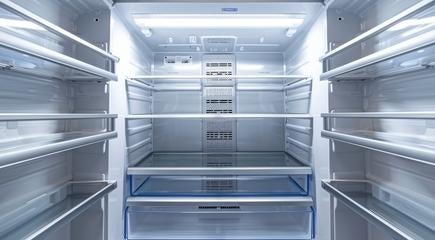Shop for Efficiency – The Many Aspects of China’s Energy Efficiency Labeling

As the world's largest consumer of energy, China has both the responsibility and incentive to be a global leader for energy efficiency. For a country of 1.4 billion people, promoting energy efficient consumer products has always been a key to China’s energy conservation and emission reduction efforts. Like many countries, the Chinese government employs a robust energy labeling system to help consumers make an informed decision when purchasing appliances and other electronic devices. This blog will take a look at the first 20 years of the China Energy Label (CEL), as well as other national programs that help shape consumer behavior and encourage the development of more energy efficient products.
China Energy Label
Announced in August 2004 by the National Development and Reform Commission (NDRC), the CEL program began with mandating all home refrigerators and air conditions sold in China bear the efficiency label. The NDRC continuously updates the CEL standards to keep up with technological advancements and improvements in energy efficiency. By 2020, the NDRC has made 14 additional announcements to including a total of 42 product categories, including flat-screen TVs, set-top boxes, washing machines, rice cookers, water heaters, induction cooktops and more.
Similar to the European Union energy label, the CEL breaks products into different levels based on their efficiency performance, with Level 1 being the most efficient and Level 5 the least. The label also states the manufacturer, the serial number, the energy consumption in kWh and a QR code that links to the complete energy efficiency report of the product.
According to government numbers, the CEL program has resulted in a 56% reduction of China’s residential electricity consumption from 2005 to 2020. Total carbon emission has been cut by 110 million tons.
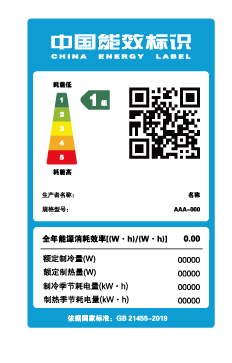
Energy Conservation Certification
Unlike the CEL, the Energy Conservation Certification is a voluntary program and part of the consumer product quality certification program governed by the General Administration of Quality Supervision, Inspection and Quarantine. Began in 1999, the conservation certificate aims to promote products that meet the same performance, safety and supply security standards as other high-quality products, with the additional requirement of energy efficiency excellence.
Approved products are added to a national database and can carry the certification logo that combines the letter “C” in China with the Chinese character for conservation (节). Certified categories grew from one (home refrigerators) in 1999 to numerous – including lighting, fans, water pumps, personal computers, printers, monitors and more. By law, government procurement also gives preference to certified products over those without certifications.
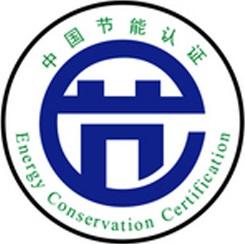
The Huimin Project
In 2007, the Chinese government began rolling out a series of national subsidy programs that promote energy saving products by offering rebates to cover the price difference between a regular product and an energy efficient one. One of the largest such programs was the Energy Saving Products Huimin Project that ran from 2012 to 2013.
At its peak, the project applied to eight consumer product categories (lighting, automobiles, flat-screen TVs, washing machines, water heaters, air conditioners, refrigerators and desktop computers), as well as five industrial product groups (motors, blowers, water pumps, compressors and transformers). For product categories that required CEL, only Level 1 and 2 products were eligible for the subsidies.
According to the government, the entire Huimin project issued over 40 billion Chinese Yuan ($5.8 billion) in subsidies and generated more than 500 billion Yuan ($72.8 billion) in consumer spending. As a direct result of the project, the government claimed, production of air conditioners rated Level 3 to 5 stopped and market share of high efficiency units grew from just 5% of the total air conditioner market in early 2012 to 80% in 2013 when the project ended.
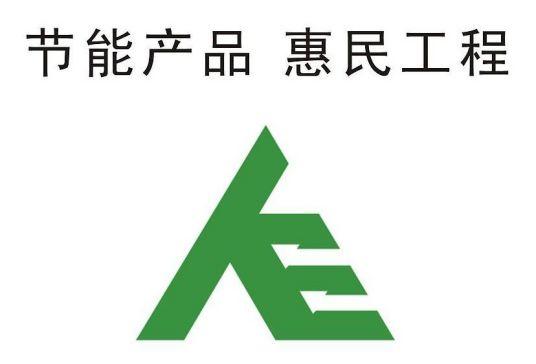
The Top Runner Program
As the national subsidy program phased out, the NDRC announced in 2014 a new program that highlights products, companies and public enterprises that comply with the highest energy efficiency standards. The name “Top Runner” originated from a similar initiative by the Japanese government that began in 1997.
In addition to high-efficiency products, the Top Runner program also certifies companies in high energy consumption industries like oil refinement and steel production that reach the government’s energy saving goals, as well as schools, hospitals and other public institutions that demonstrate superior efficiency results compared to similar entities.
For products requiring CEL, only Level 1 products are eligible to be Top Runners and can replace the color-coded level indicator on the energy label with the Top Runner logo. Certified companies and institutions are allowed to use the logo in branding and marketing materials to promote their leadership in energy efficient operations.
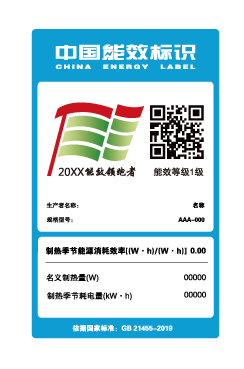
Timeline of National Energy Efficiency Labeling Projects in China

Future Outlook
According to the China National Institute of Standardization, the average energy efficiency of household appliances in China has improved by over 40% from 2000 to 2020. The Chinese government has ambitious plans to further improve energy efficiency in the coming years. In its 14th Five-Year Plan (2021-2025), the government has set a target to reduce energy consumption per unit of GDP by 13.5% and CO2 emissions per unit of GDP by 18% compared to 2020 levels. To achieve these goals, the government will continue to strengthen its efficiency labeling programs while exploring new policy measures and technologies.




